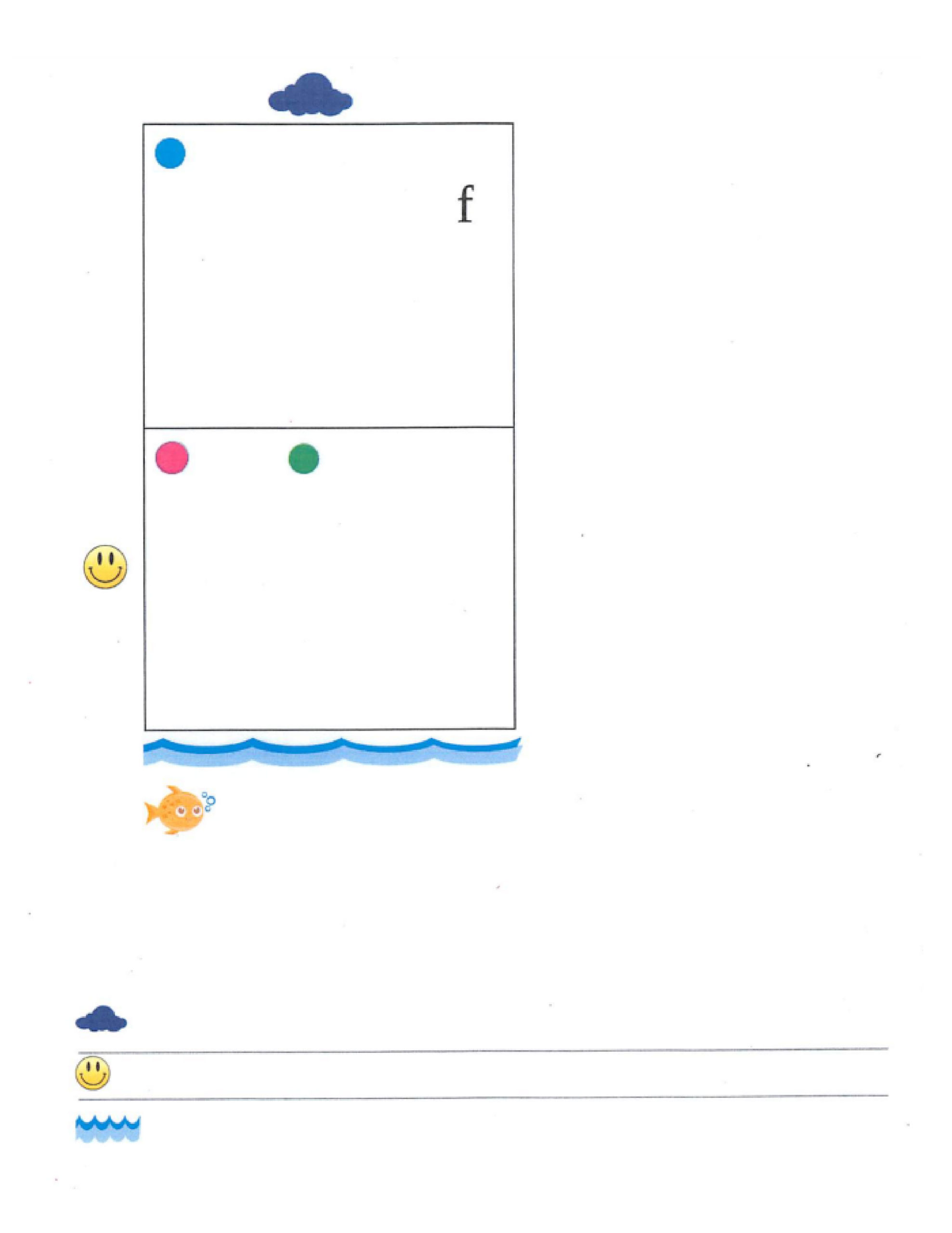
Need inspiration for kid-friendly gifts? Our therapists highlight their favorite toys of the season.
Often when I observe children who struggle with handwriting, I notice that many children have no pattern when forming letters. They may start at the top for some letters, the bottom for others, or even create other interesting starting points. I notice the amount of effort that goes into thinking about the formation.
Did you know ALL uppercase letters start at the top?
When practicing uppercase letters, place a starting point dot where the first stroke begins. This will be a reference point for the child. Handwriting Without Tears® (HWT) uses the term “Frog Jump Letters”. These letters include F, E, D, P, B, R, N, and M. When forming these letters begin with a line down, then jump back up to the starting point dot to complete the formation.
Check out HWT's Top 10 Frog Jump Downloads.
When it comes to lowercase letters, they too have patterns, although the starting points are going to be slightly different. For instance, Handwriting Without Tears uses the phrase “Magic C” letters. Those are the letters that start with “c” such as c, o, a, d, g, q – and I like to add s. Then there are the letters b, h, m, n, p, and r, which all have the same sequence – line down, follow the line back up, and curve to the right.
Many children confuse the letters d and b and start the formation the same (with a line down). Then, when they reach the bottom of the line, they don’t know which direction they should go. But in actuality, d begins with the “magic c”, whereas b begins with a line.
When we create patterns in writing we are adding in muscle memory. We want a child to not have to stop and think. We want the writing to flow. When a child is learning how to write, it takes a great deal of effort to recall the formation and they will often rely on “picturing the letter”, which is effective and necessary in the beginning, But by the time they are required to write words, that muscle memory should start to emerge with less thought into the formation.
When a child confuses direction, which is common with letters d, b, p, q, j, s, and z, then it is difficult for muscle memory to emerge. They may form z correctly one day and then reverse it another day. Therefore, the hand/brain does not sense when something “feels” or “looks” incorrect.
"To address these concerns, I've created a fun graph that I use with kids who are learning how to form lowercase letters."
To address these concerns, I've created a fun graph that I use with kids who are learning how to form lowercase letters. This graph provides the visual cues needed to "picture the letter” and its direction. It also allows for muscle memory to form. I group the letters into starting points with 3 main dots. All but 3 letters will start at one of these colored dots (e, f, and t are the only exceptions).
